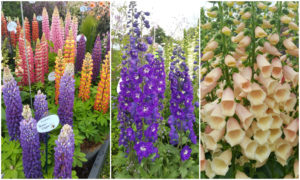This Week’s Guest Blogger is Helena Glassup a lecturer in Horticulture and garden consultant based in West Yorkshire.
The allotment site where we have our plots is a small privately owned site between
two streets in the village where we live and all of the plot holders have a garden
backing onto the site. When we moved into our house 15 years ago the site was
under full cultivation so all we could do was turn our front garden over to produce
and chat over the fence to the wonderfully knowledgeable gentleman who had the
plot behind our house.
A few years after we moved in we were approached by our next door neighbour to
see if we would consider taking on half a plot from Gordon* the eldest of the plot
holders as he hadn’t been well and needed someone to help him out for the
season, just until he could get back on his feet, nothing permanent and no rent to
pay. Naturally we jumped at the chance as Gordon had a greenhouse at each end
of his plot and one of these would also be available to us. In that first season we
took on the challenge of the plot with relish. It was clear that our half hadn’t been
looked after for a while and there were a lot of accumulated ‘resources’ on the site
to be moved and weeds to be tackled. The following year Gordon was still not well
enough to return so we were asked to act as guardians of this site, again no rent to
pay no matter how much we insisted.
We didn’t see much of Gordon that year. Occasionally on a warm day we’d see him
moving slowly about on the allotments, but only for a few minutes at a time and In
recent years we’ve not seen him at all although his wife has continued to cheerfully
assure us that all was well and that he was determined to be back out growing
beans the following year. Meanwhile even though our half plot has gone from
strength to strength it’s always been considered to be ‘Gordons allotment’ at the
back of our minds
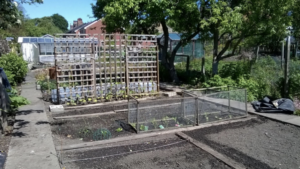
Growing on Gordon’s allotment in May 2019
Three years ago at the start of the first Lockdown our next door neighbour
approached us again. The plot at the bottom of our garden became available. The
knowledgeable gentleman had moved away from the village and the new
inhabitants of his house had decided that they did not have time to look after an
allotment so were we interested? Once again we jumped at the chance. It was a
good well maintained site and despite looking a little neglected after a period being
out of cultivation it still had lots of potential. For the last 3 years we’ve been growing
on both plots, vegetables and fruit on our own plot and a cut flower patch on
Gordon’s allotment.
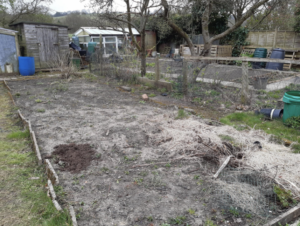
March 2020 A plot of our own (with Gordon’s plot in the background)
Recently we heard that Gordon had passed away in what we think was his 100th
year. While this is obviously sad news, it’s not unexpected as we hadn’t seen him
outside for a long time and the other half of his plot had been taken on by another
neighbour. This coming season our guardianship of the now thriving half plot will
become official.
I’ve been reflecting on the news with the changing of the season. as I write this
Spring is making a welcome return with the earliest flowers appearing including, for
the first time the deliciously scented pink blooms of a Daphne odora
‘Aureomarginata’ which I bought as a very poorly looking plant off the reduced to
clear bench at my local garden centre. I’m a very optimistic gardener and can’t
resist nursing lost causes back to health. The joy I feel at the sight of those waxy
blooms is intense and one of the most rewarding things about gardening.
Optimism must be a trait that all gardeners possess, we plant trees knowing we
may never see them reach maturity, we sow seeds each year and patiently wait to
see them grow. We strike cuttings and wait for a miracle to happen as the tiny
vulnerable sections of plant sprout roots and grow into new plant and we are driven
year after year as Winter turns to Spring to continue this cycle of growth even as
our own bodies slow down and age and we register the passing of the years in the
gardens we create as they mature and grow
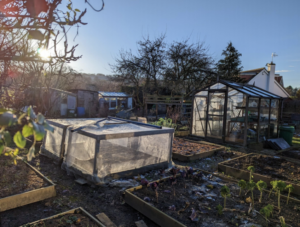
February 2023 our own plot has been turned over to raised beds while the original space is now used for cut flowers
As a dedicated allotment holder it must have been hard for Gordon to admit he
could no longer tend the plot he had so lovingly cultivated for so long, building in
true allotment style, greenhouses out of old window frames and compost bins out of
surplus wood. After all, to paraphrase George Bernard Shaw
“we don’t stop because we grow old, we grow old because we stop”.
So at the start of the new growing season, I shall raise a plant pot to Gordon and
the knowledgeable gentleman whose allotment legacies I now continue and once
again get growing because of course, the coming year is going to see my garden
and its neighbouring allotment look the best it has ever looked!
*Names have been changed to protect identities
For more information you can follow Helena on Instagram as Euphorbia_Gardens or visit http://www.euphorbiagardens.co.uk

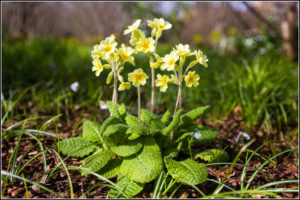
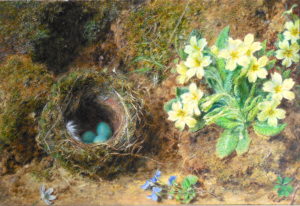
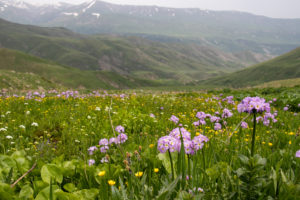
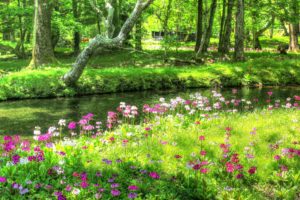
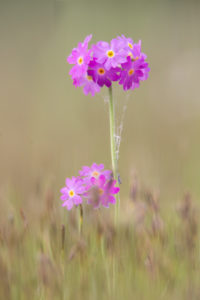
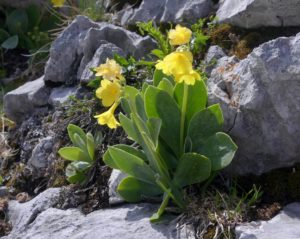
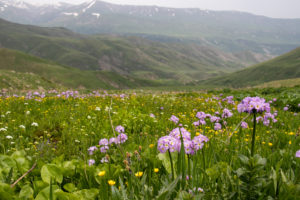
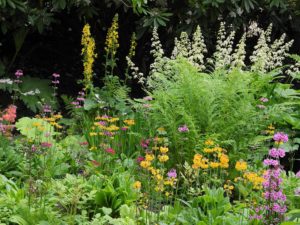
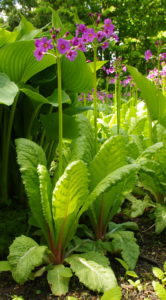
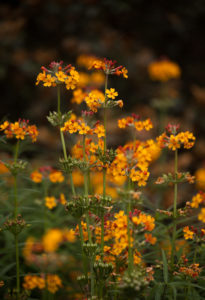
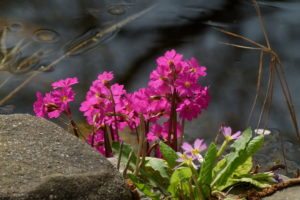
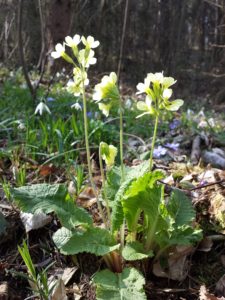
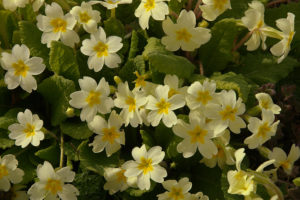
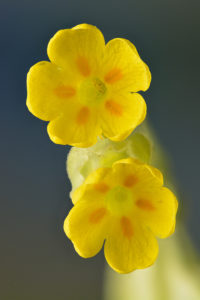
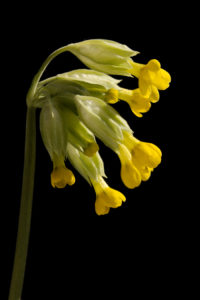
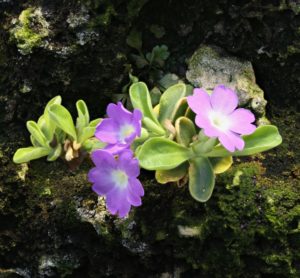
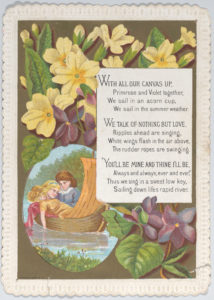
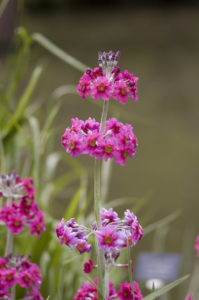
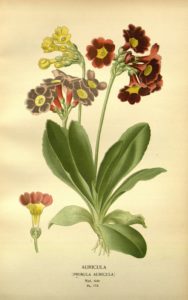
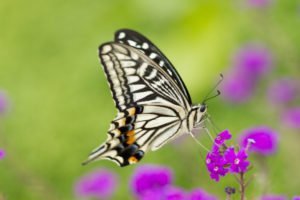
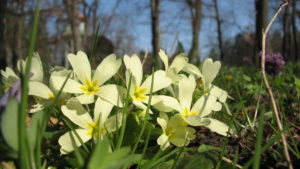
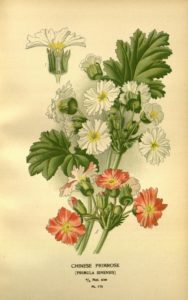
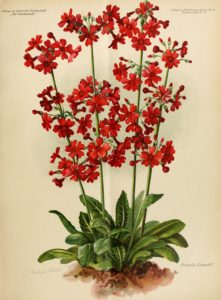
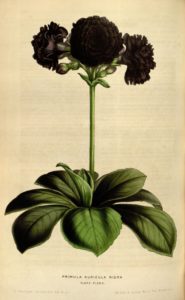
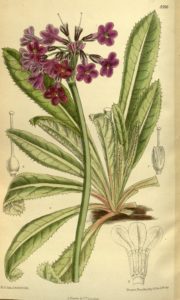
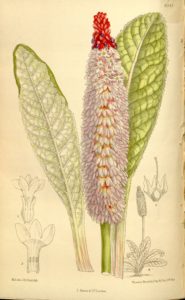
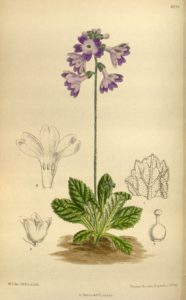
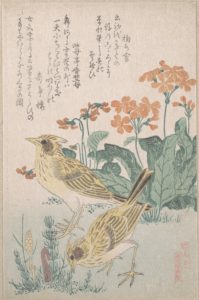
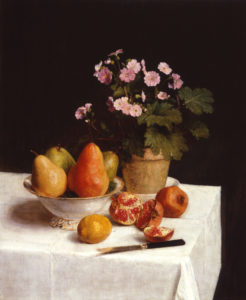
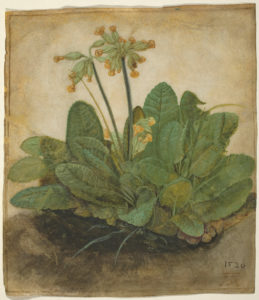
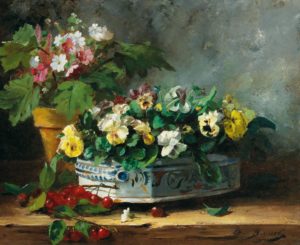
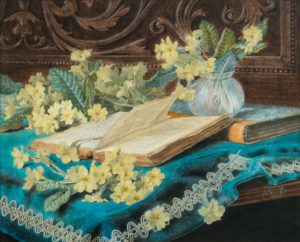
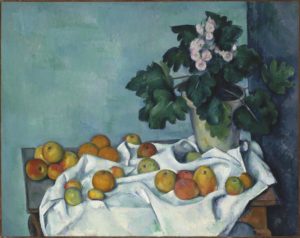
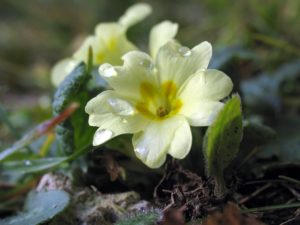
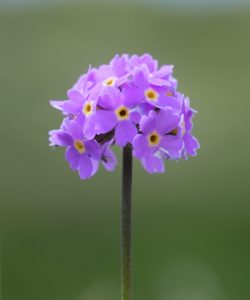
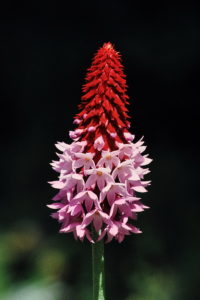
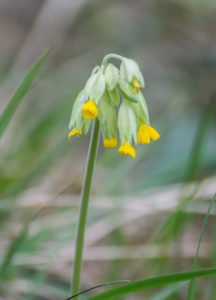
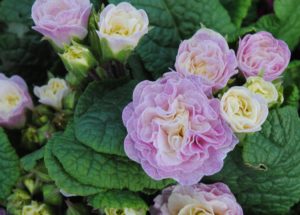
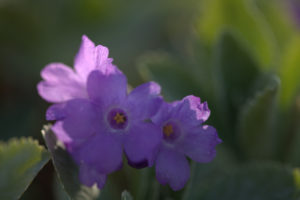
 Poisonous plants can be an emotive subject. Every year the press covers stories about deadly plants encountered in the countryside or sprouting unbidden in someone’s garden. Often, the general conclusion is that this shouldn’t be allowed. The British flora includes some very poisonous plants, and a number of our valued and beautiful garden plants are also toxic. But accidents can be avoided if reasonable precautions are taken. Eradication is not the answer – education is.
Poisonous plants can be an emotive subject. Every year the press covers stories about deadly plants encountered in the countryside or sprouting unbidden in someone’s garden. Often, the general conclusion is that this shouldn’t be allowed. The British flora includes some very poisonous plants, and a number of our valued and beautiful garden plants are also toxic. But accidents can be avoided if reasonable precautions are taken. Eradication is not the answer – education is.